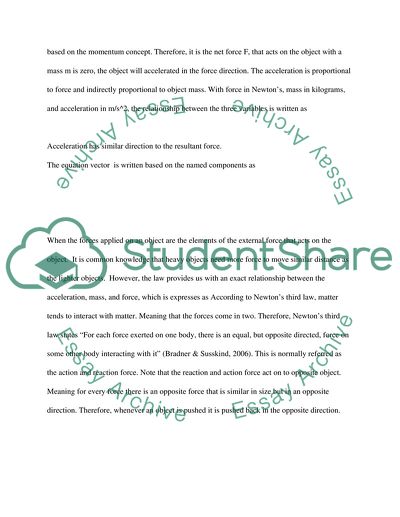Cite this document
(“Newtons Law of Motion Assignment Example | Topics and Well Written Essays - 1000 words”, n.d.)
Retrieved from https://studentshare.org/physics/1662147-any-topic-about-physics
Retrieved from https://studentshare.org/physics/1662147-any-topic-about-physics
(Newtons Law of Motion Assignment Example | Topics and Well Written Essays - 1000 Words)
https://studentshare.org/physics/1662147-any-topic-about-physics.
https://studentshare.org/physics/1662147-any-topic-about-physics.
“Newtons Law of Motion Assignment Example | Topics and Well Written Essays - 1000 Words”, n.d. https://studentshare.org/physics/1662147-any-topic-about-physics.


